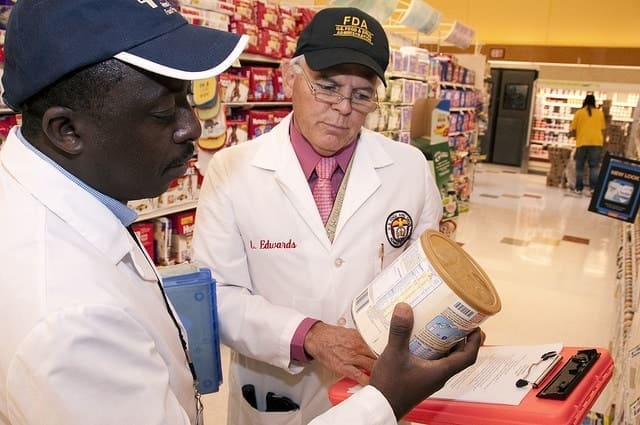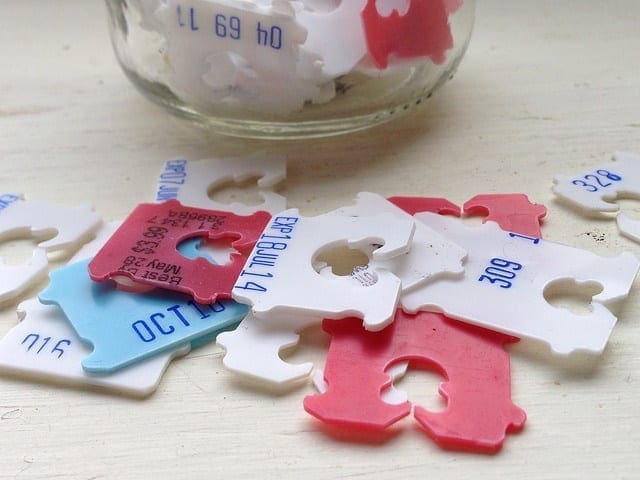Earlier this year, France took the bold step of forbidding its supermarkets to discard edible food. The new policy is designed to reduce the staggering amounts of food waste produced every week by chain retailers. It is a move that has surprised and inspired, in equal measure, because food waste has become a major problem across Europe and the rest of the world.
Now, French supermarkets are legally obliged to give food that has passed its ‘best before’ or ‘display until’ date to charities and food banks for the homeless. This is possible because, contrary to popular opinion, best before dates do not indicate the point at which food becomes inedible or goes bad. This is something that we have been encouraged to believe by retailers, but it is currently wreaking havoc with the planet.
The Problem with ‘Best Before’ Dates
It is handy for supermarkets to have shoppers believing that best before dates mean food is not safe to eat. We adhere rigidly to the dates on our food packets and we diligently head to the supermarket for more, every time that they are exceeded. This makes those supermarkets a lot of money. But it is not based on fact. The idea that best before dates are related to food safety is an outdated fallacy.
If a product is contained within high quality food packaging supplies and it has a best before or display until date (NOT a use by date), it is safe to eat once this date has passed. This is because best before dates only indicate the point at which the food has passed its peak quality and freshness. So, while your bumper pack of peppers might start to look less shiny after exceeding their best before date, they are not rotten, inedible, or unsafe.
Best before dates are, essentially, a stock control measure. They were never really intended for customers, but we have all become caught up in the myth. They tell supermarket staff when to rotate stock. Once a product has passed its peak quality, it needs to be offered at a reduced price or taken off the shelf altogether, in order to make room for fresher ones. The next time that you are out shopping, keep this in mind; you could grab yourself a bargain.
Learning How to Shop Efficiently
The truth is that savvy shoppers have been taking advantage of this knowledge for years. Supermarkets will always seek to offload out of date products, so you can pick them up for peanuts at specific times of the day (when the stock is rotated). And, really (honestly), there is never anything wrong with them. The only exception, as already mentioned, is use by dates. These are a little different, because they are placed on goods that spoil quickly.
Use by dates can be found on things like chicken, milk, eggs, butter, fish, and other perishable goods. If a product has a use by date and not a best before or display until date, do not exceed it. It indicates the point at which the food is safe to ‘use,’ hence the name. On the other hand, best before stickers and labels give you the opportunity to make your own decisions on when to throw out food.
That ready made pasta meal that you bought but didn’t have time to eat? Keep it in the fridge and use your common sense. Take advantage of the best quality control tools that you have – your eyes, your nose, and your fingers. Don’t be afraid to sniff, touch, and inspect food as a way to check its freshness. It is what our ancestors used to do before supermarkets and best before dates and it still works now. Trust your instincts and you will get more out of your food.







